There are several ways how you can make a data link faster:
- make more transmissions per second
- send more bits per transmission
- run several links in parallel
40G Ethernet does all of this: according to Wikipedia, it uses 4 channels, running at 1.6GHz each and transmitting 6.25 bits per clock cycle, which results in 40Gbit/s of total bandwidth.
Here's a picture that shows you how it relates to other Ethernet technologies (it stops at 10G; 40G uses better cables and/or shorter distances to achieve 4 times the spectral bandwidth):

